Home>Garden Essentials>How To Build A Play Area In The Basement For Kids
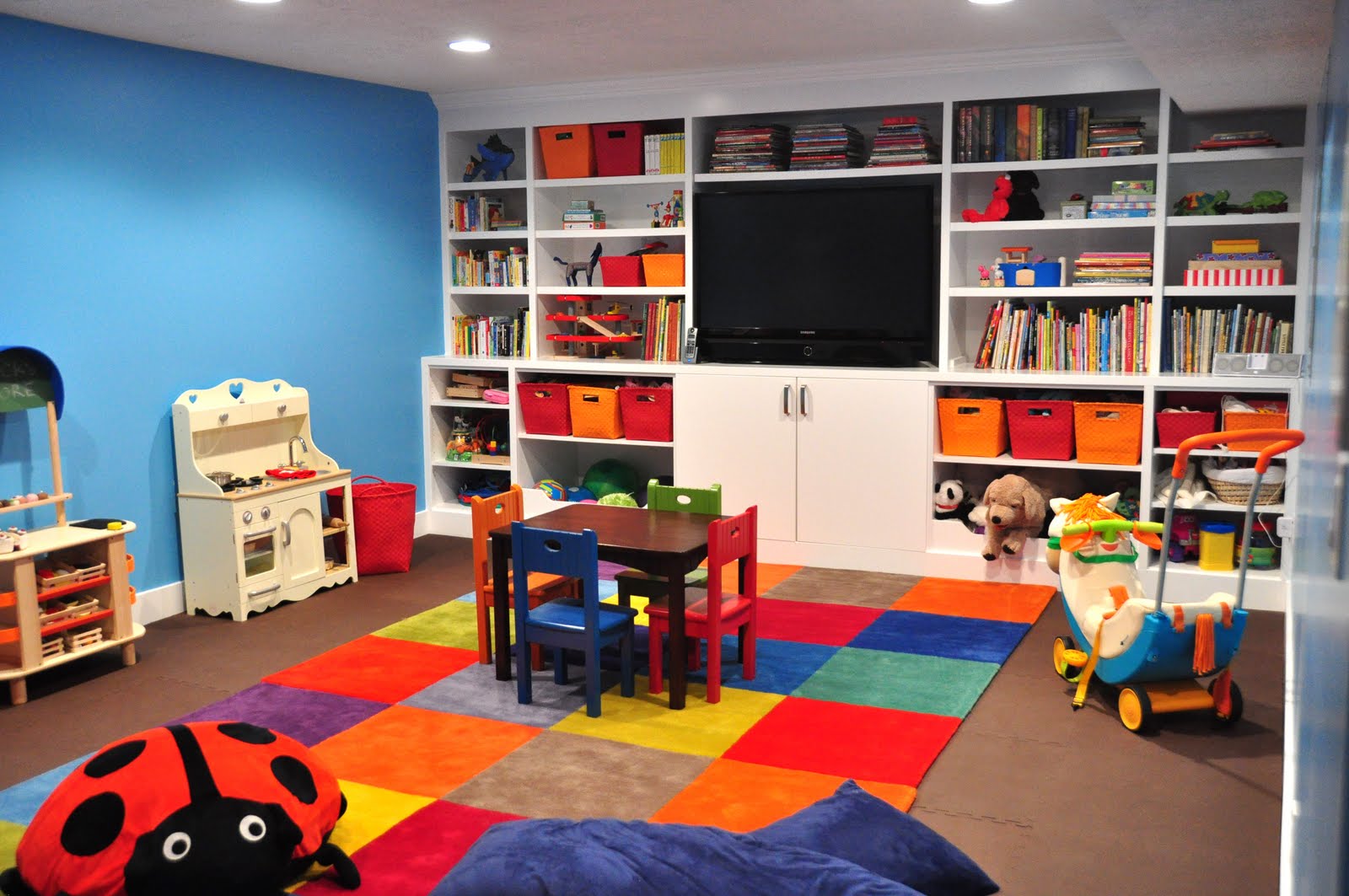

Garden Essentials
How To Build A Play Area In The Basement For Kids
Modified: March 7, 2024
Learn how to transform your basement into a fun and safe play area for your kids with our step-by-step guide. Create a garden-inspired space that stimulates their imagination and keeps them entertained for hours.
(Many of the links in this article redirect to a specific reviewed product. Your purchase of these products through affiliate links helps to generate commission for Storables.com, at no extra cost. Learn more)
Introduction:
Welcome to the exciting world of creating a play area in the basement for kids! If you have a basement that is currently underutilized, transforming it into a fun and engaging space for children can provide countless hours of entertainment and enrichment. Not only does it give kids a dedicated area to play, but it also gives parents some much-needed peace of mind, knowing that their little ones are safe and occupied.
Building a play area in the basement requires careful planning and consideration. From assessing the available space to selecting the right materials and equipment, there are several key factors to keep in mind. By following the steps outlined in this article, you’ll be able to create a play area that is not only enjoyable but also safe and functional.
With proper planning and creativity, your basement can be transformed into a vibrant and stimulating space that encourages imaginative play, physical activity, and learning. Whether you have toddlers or older children, there are plenty of design options and activities that can be incorporated to cater to their specific needs and interests.
In the sections that follow, we will explore various aspects of building a play area in the basement, including safety precautions, flooring options, wall and ceiling decorations, play equipment selection and arrangement, storage solutions, lighting considerations, comfortable seating, creating a cozy reading nook, incorporating educational elements, and maintaining the play area’s cleanliness.
By the end of this article, you’ll have a comprehensive understanding of how to create a memorable and functional play area in your basement. So let’s get started and embark on this exciting journey of turning your basement into a magical play space!
Key Takeaways:
- Transforming your basement into a fun play area for kids involves careful planning, safety considerations, and creative design elements. By following these steps, you can create a safe and engaging space for children to play and learn.
- Regular maintenance and cleaning are essential to ensure the play area remains safe and enjoyable. Involving children in the process teaches responsibility and creates a sense of ownership and pride in their play area.
Read more: How To Build A Play Area For Ferret
Assessing the Basement Space:
The first step in building a play area in the basement is to assess the available space. Take the time to measure the dimensions of your basement to have a clear understanding of how much space you’re working with. This will help you determine the layout and design possibilities for the play area.
Consider the shape of the basement and any architectural features, such as support columns or low ceiling areas, that may impact the layout. These features can be incorporated into the design creatively or adjusted if necessary to optimize the space for a play area.
It’s also essential to assess the condition of the basement. Check for any signs of water damage or moisture issues, as these can pose a risk to the play area and the safety of the children. If you notice any dampness or water-related problems, it’s crucial to address them before proceeding with the play area construction.
When evaluating the basement space, think about the accessibility and flow of the area. Ensure there is sufficient room for children to move around and engage in various activities comfortably. Consider the placement of windows and natural light sources to maximize the play area’s brightness and create an inviting atmosphere.
Take note of any existing features that you can leverage in the design, such as built-in shelves or nooks. These can be repurposed for toy storage or incorporated into the overall layout to enhance the functionality and aesthetic appeal of the play area.
Finally, think about how the play area will fit into the overall use of the basement. Will it be a dedicated space solely for play, or will you need to allocate a portion of the basement for other purposes like storage or a home office? Carefully consider your family’s needs and lifestyle to ensure the play area complements the rest of the basement’s functionality.
By thoroughly assessing your basement space, you’ll have a solid foundation for creating a well-designed and practical play area. This step will guide you in making informed decisions about the layout, design, and features of the play area to optimize every inch of available space.
Safety Precautions and Considerations:
When creating a play area in the basement for kids, safety should be your top priority. Basements can have unique hazards and challenges that need to be addressed to ensure a safe environment for children to play. Here are some key safety precautions and considerations to keep in mind:
a. Lighting: Adequate lighting is crucial in the play area to minimize accidents and provide a comfortable atmosphere. Ensure the space is well-lit with a combination of natural and artificial lighting. Consider adding additional light fixtures or installing brighter bulbs if needed.
b. Electrical Safety: Make sure all electrical outlets and wiring in the play area are in good working condition. Secure loose cords and consider using cord covers or anchor them to the walls to prevent tripping hazards. It’s also a good idea to use outlet covers or childproof plugs to keep little fingers away from electrical outlets.
c. Fire Safety: Check if your basement has proper smoke detectors and fire extinguishers. Install additional detectors if needed. Review fire safety procedures with your children and establish a designated meeting point in case of an emergency.
d. Ventilation: Basements can often have poorer ventilation compared to other areas of the house. Ensure proper air circulation by opening windows or using fans to maintain a fresh and healthy environment for children to play in.
e. Water and Moisture: Basements can have moisture issues, such as dampness or leaks. Ensure your basement is free from any water-related problems before creating the play area. Consider using dehumidifiers or waterproofing solutions if necessary.
f. Soft Surfaces: Choose appropriate flooring materials for the play area that offer adequate cushioning and protection. Opt for soft and shock-absorbent surfaces like foam mats, carpeting, or rubber flooring to reduce the risk of injuries from falls.
g. Childproofing: Childproof the play area by securing heavy furniture to the walls, covering sharp corners, and removing any small objects or choking hazards. Use safety gates to restrict access to stairs or areas that are not intended for play.
h. Emergency Exit: Ensure there is a clear and unobstructed path to the basement’s emergency exit. Make sure your children understand how to safely exit the play area and the basement in case of an emergency.
By implementing these safety precautions and considerations, you can create a secure play area that provides parents with peace of mind and allows children to explore, play, and learn in a safe environment.
Flooring Options for a Play Area:
The choice of flooring for your play area in the basement is essential as it directly impacts the safety and comfort of the space. Here are some flooring options to consider:
a. Foam Mats: Foam mats are a popular choice for play areas as they are soft, cushioned, and provide excellent impact absorption. They are available in various colors, patterns, and thicknesses, making them customizable to fit your design preferences. Foam mats are also easy to clean and maintain.
b. Carpeting: Carpeting is another excellent option for a play area. It provides a soft and warm surface for children to play on and minimizes the risk of injuries from falls. Consider using carpets with a dense pile or low loop construction, as they are more durable and easier to clean.
c. Rubber Flooring: Rubber flooring is a resilient and slip-resistant option that is ideal for active play areas. It offers excellent shock absorption and is highly durable, making it suitable for high-traffic areas. Rubber tiles or interlocking mats are available in a variety of colors and thicknesses, allowing for customization and easy installation.
d. Vinyl Flooring: Vinyl flooring is a versatile and cost-effective option for a play area. It is stain-resistant, easy to clean, and provides a smooth surface for play. Look for vinyl flooring that is phthalate-free and meets safety standards to ensure it is safe for children.
e. Engineered Wood Flooring: Engineered wood flooring is an attractive and durable option that adds warmth and natural beauty to a play area. It is more resistant to moisture and changes in temperature compared to solid hardwood floors, making it suitable for basement environments. Ensure the engineered wood flooring has a protective finish to enhance its durability.
f. Interlocking Tiles: Interlocking tiles are a versatile option that can be used with different flooring materials like foam, rubber, or carpet. They are easy to install and can be rearranged or replaced if needed. Interlocking tiles provide a seamless and uniform look to the play area.
When choosing the flooring for your play area, consider factors such as ease of cleaning, durability, safety, and comfort. Opt for materials that are non-toxic, hypoallergenic, and meet safety standards. Remember to choose flooring that complements the overall design aesthetic you have in mind for the play area.
By selecting the right flooring, you can create a play area that not only promotes safety but also enhances the overall look and feel of the space, providing a welcoming and enjoyable environment for children to play and explore.
Wall and Ceiling Decorations:
When designing a play area in the basement, the walls and ceiling should not be overlooked. Creative wall and ceiling decorations can transform the space into a vibrant and immersive environment for children to enjoy. Here are some ideas for decorating the walls and ceiling:
- Paint: A fresh coat of paint on the walls can instantly uplift the play area. Choose colors that are bright and energizing, such as shades of yellow, blue, or green. Consider using non-toxic paint that is safe for children. You can also add fun patterns or murals to make the walls visually appealing.
- Wall Decals: Wall decals are an easy and temporary way to decorate the walls. They come in various themes, such as animals, superheroes, or nature, and can be easily applied and removed without damaging the paint. Wall decals can add a playful and whimsical touch to the play area.
- Magnetic or Chalkboard Paint: Consider using magnetic or chalkboard paint on a section of the walls. This allows children to use magnets to display artwork or play with magnetic letters, numbers, and shapes. The chalkboard section can serve as a space for creative drawings or educational activities.
- Themed Wallpaper: Install themed wallpaper to create a specific ambiance in the play area. Whether it’s a jungle, outer space, or underwater theme, the wallpaper can set the stage for imaginative play and make the space feel immersive.
- Ceiling Decorations: Don’t forget about the ceiling! Hang colorful paper lanterns, glow-in-the-dark stars, or a canopy to add visual interest and create a cozy and magical atmosphere. Decorations on the ceiling can enhance the play area’s ambiance and encourage imaginative play.
- Art Display: Dedicate a wall or section of the play area for displaying children’s artwork or crafts. Hang a clothesline with clips or use a corkboard to showcase their creations. This not only adds a personal touch to the space but also encourages creativity and self-expression.
Remember to choose decorations that are safe, non-toxic, and age-appropriate. Make sure all wall decorations are securely mounted to avoid any accidents or injuries. Involve your children in the decoration process to make it a fun and collaborative activity.
By utilizing creative wall and ceiling decorations, you can transform the basement play area into an immersive and visually stimulating space that sparks children’s imagination and fosters a sense of joy and wonder.
Read more: How To Make Unfinished Basement Play Area
Choosing and Arranging Play Equipment:
The play equipment you choose for the basement play area will greatly impact the fun and engagement levels for children. When selecting and arranging the play equipment, consider the following factors:
a. Age and Interests: Take into account the age of your children and their specific interests when choosing play equipment. For younger children, consider items such as soft play mats, sensory toys, and climbing structures. Older children may enjoy playhouses, slides, sports equipment, or board games. Tailor the equipment to suit their developmental needs and preferences.
b. Safety Features: Ensure that all play equipment meets safety standards and has appropriate safety features. Look for equipment with rounded edges, secure attachments, and sturdy construction. Check for age and weight limitations to ensure the equipment is suitable for your children.
c. Space Considerations: Take into account the available space in the basement when selecting play equipment. Measure the dimensions of the play area and choose equipment that fits comfortably without overcrowding the space. Consider items that can be folded or easily disassembled if you have limited storage space.
d. Multipurpose Equipment: Opt for play equipment that offers multiple activities or functions. For example, a climbing structure with a slide, a play table with storage compartments, or a multi-game table. These types of equipment maximize the play potential without taking up excessive space.
e. Layout and Flow: Arrange the play equipment in a way that allows for safe and easy movement within the play area. Leave ample space between items to avoid overcrowding and ensure that children can navigate freely. Keep in mind any existing architectural features or obstructions in the basement that may affect the arrangement.
f. Storage and Organization: Consider including storage solutions within the play area to keep toys and equipment organized. Use bins, shelves, or storage units to store items when not in use. This not only helps to maintain an organized and clutter-free play area but also teaches children the importance of cleaning up after playtime.
g. Accessibility: Make sure that the play equipment is easily accessible to children of different ages and sizes. Consider the height and reach of your children when arranging items like shelves or storage units. Ensure that children can independently access and use the equipment without any safety concerns.
h. Safety Zones: Create designated safety zones within the play area, especially for activities like trampolines or gymnastics equipment. Use safety mats or padding to cushion the area and reduce the risk of injuries in case of falls.
By carefully selecting and arranging play equipment in the basement, you can create an engaging and safe play environment that promotes physical activity, creativity, and exploration.
Storage Solutions for Toys and Games:
Keeping the play area in the basement organized is essential for a clutter-free and functional space. Here are some storage solutions to consider for toys and games:
a. Toy Bins and Baskets: Utilize toy bins and baskets to store smaller toys and items. Label each bin or basket to make it easier for children to find and return toys to their designated places. Use stackable bins or wall-mounted baskets to optimize vertical space.
b. Shelving Units: Install shelves on the walls to store larger toys, books, and display items. Adjustable shelves allow for easy customization to accommodate items of different sizes. Consider adding decorative bins or boxes to the shelves for a more organized and visually appealing look.
c. Hanging Storage: Utilize hanging organizers or pockets on the walls or the back of doors to store smaller toys or art supplies. These organizers are convenient and accessible, allowing children to easily see and reach items while keeping them off the floor.
d. Cube Storage: Cube storage units with removable bins or fabric drawers provide versatile and flexible storage options. They can be used to store toys, games, craft supplies, and more. The cubes can also double as seating or display areas for favorite toys or books.
e. Wall-Mounted Pegboards: Install a wall-mounted pegboard system with pegs or hooks to hang and organize toys and accessories. Pegboards are customizable and allow for easy rearranging and storage of items such as costumes, sports equipment, or arts and crafts supplies.
f. Under-Bed Storage: Utilize the space under beds in the play area to store larger toys or items that are used less frequently. Use storage containers with wheels or slide-out drawers for easy access and organization.
g. Clear Storage Boxes: Transparent storage boxes are a practical option for organizing and storing toys and games. Children can easily identify toys without having to open multiple containers. Stackable clear boxes promote efficient use of space while keeping everything visible and accessible.
h. Rotation System: Consider implementing a rotation system for toys and games. Store a portion of the toys in a separate location and periodically swap them out. This keeps the play area fresh and exciting while reducing clutter.
i. Toy Hammocks or Nets: Install hammocks or nets in the play area to store stuffed animals or soft toys. These suspended storage solutions keep toys off the floor and visually add interest to the space.
j. Art Supply Caddy: If the play area includes art materials, invest in a caddy or organizer with compartments to keep paints, crayons, brushes, and other art supplies neatly separated and easily accessible.
Remember, when organizing the play area, involve the children in the process. Teach them to tidy up and return toys to their designated places after playtime. By implementing effective storage solutions, you can maintain a tidy and enjoyable play area in your basement.
When building a play area in the basement for kids, make sure to consider safety first. Use soft flooring materials like foam mats, secure heavy furniture to the walls, and cover any sharp edges with padding to prevent injuries.
Lighting and Electrical Considerations:
Proper lighting and electrical considerations are crucial for creating a safe and inviting play area in the basement. Here are some key points to keep in mind:
a. Natural Lighting: Utilize natural light sources in the basement, such as windows or skylights, to maximize daylight. Position the play area near these light sources to create a bright and cheerful atmosphere. Ensure that windows have suitable coverings for privacy and light control, such as curtains or blinds.
b. Artificial Lighting: Supplement natural light with appropriate artificial lighting fixtures. Use a combination of overhead lighting, lamps, and task lighting to ensure adequate brightness throughout the play area. LED lights are energy-efficient and provide bright illumination.
c. Electrical Outlets: Assess the number and location of electrical outlets in the basement. Determine if additional outlets are needed to accommodate the play area’s electronics and equipment. Consider the location of outlets in relation to play equipment or tables to avoid cords becoming tripping hazards.
d. Safety Measures: Ensure that all electrical outlets and wiring are in good condition. Check for loose outlets or exposed wiring that may pose a safety risk. Consider using outlet covers or childproof plugs to prevent children from accessing electrical outlets.
e. Task Lighting for Specific Activities: If the play area includes a designated space for reading, crafts, or other activities, provide task lighting to ensure proper illumination. Desk lamps or adjustable spotlights can be placed in these areas to provide focused lighting.
f. Nightlights: Install nightlights in the play area, especially in walkways and near stairs, to provide a subtle source of light during nighttime hours. Nightlights create a comforting atmosphere and help prevent accidents in dark spaces.
g. Lighting Controls: Consider installing dimmer switches or smart lighting systems that allow you to adjust the brightness and ambiance of the play area. This allows for flexibility in creating different moods and settings for various activities.
h. Cord Management: Ensure that cords from lighting fixtures, electronics, and other equipment are properly managed and secured. Use cord covers or hide cords behind furniture or cable management systems to reduce the risk of tripping or entanglement.
i. Power Strips and Surge Protectors: Use power strips with surge protectors to safely distribute power to multiple electronic devices. This helps prevent electrical overload and protects equipment from power fluctuations.
j. Childproofing: Install outlet covers and secure cords out of reach of children to prevent accidental contact or tampering. Educate children about electrical safety and the importance of not playing with cords or electrical outlets.
By considering lighting and electrical needs, you can create a well-lit and functional play area in the basement that ensures both safety and a pleasant atmosphere for children to enjoy their playtime.
Adding Comfortable Seating:
Creating a comfortable seating area in the play area enhances the overall functionality and coziness of the space. Here are some ideas for adding comfortable seating:
a. Bean Bags and Floor Cushions: Bean bags and floor cushions provide versatile and cozy seating options. They are lightweight, easily movable, and can be arranged in various configurations to accommodate different activities. Opt for bean bags and cushions with removable covers for easy cleaning.
b. Child-Sized Chairs and Sofas: Consider adding child-sized chairs or sofas to provide seating that is specifically designed for children’s comfort. These smaller-scale furniture pieces are available in various styles, colors, and materials to match the play area’s theme and design.
c. Bench Seating: Install a built-in bench along one wall of the play area. This not only adds seating but also provides extra storage space beneath the bench. Place cushions or upholstered pads on top of the bench for added comfort.
d. Cubbies with Seating: Incorporate cubbies or storage units with built-in seating. These cubbies can serve as storage for toys, games, or books, while the seating offers a comfortable spot for children to relax and read. Add cushions or seat pads to make the seating area more inviting.
e. Soft Play Mats: Create a designated area with soft play mats where children can sit or lie down comfortably. These mats offer cushioning and can be used for various activities such as reading, playing board games, or even taking a nap.
f. Floor Chairs and Rockers: Floor chairs and rockers provide a low seating option that allows children to sit upright while remaining close to the play area’s activities. Look for chairs with soft padding and sturdy construction for durability.
g. Hanging Chairs or Hammocks: Hang a hanging chair or hammock in a corner of the play area to create a cozy nook for relaxation. These seating options provide a unique and fun element while offering a comfortable spot for reading or quiet time.
h. Pillows and Blankets: Place pillows and blankets strategically around the play area to encourage comfort and relaxation. Children can use them for additional seating, building forts, or creating a cozy reading nook.
i. Adjustable Seating: Consider using adjustable chairs or stools that can grow with your children. Look for seating options with height adjustments, tilt features, or built-in footrests. This ensures that the seating can be customized to accommodate children as they grow taller.
j. Parent Seating: Don’t forget about providing seating options for the parents or caregivers in the play area. Consider adding a comfortable chair or small couch where adults can sit and supervise the children’s play.
By incorporating comfortable seating options in the play area, you create a cozy and inviting space where children can relax, socialize, and engage in various activities with ease and comfort. Remember to select materials that are durable, easy to clean, and child-friendly.
Read more: How To Build A Child Play Area Fence
Creating a Cozy Reading Nook:
Designing a cozy reading nook in the basement play area can inspire a love for reading and provide a quiet retreat for children to escape into their favorite books. Here are some ideas on how to create a cozy reading nook:
a. Comfortable Seating: Start by selecting comfortable seating, such as a soft armchair, bean bag chair, or floor cushions. Ensure the seating is plush and inviting, allowing children to settle in and get lost in their reading. Add pillows and blankets for extra comfort.
b. Adequate Lighting: Good lighting is essential for reading. Place a reading lamp or floor lamp next to the seating area to provide focused and adjustable light. Opt for warm and soft lighting that creates a cozy ambiance.
c. Bookshelves or Bookcases: Install bookshelves or bookcases within reach of the reading nook to house an assortment of books. Organize the books by genre, age group, or theme to make it easy for children to browse and select the books that interest them.
d. Reading Materials: Fill the reading nook with a variety of books, including picture books, chapter books, graphic novels, and magazines. Offer a diverse selection to cater to every child’s interests and reading level. Rotate books regularly to keep the reading nook exciting and fresh.
e. Cozy Rugs: Place a soft and plush rug in the reading nook area to define the space and add extra comfort. Opt for rugs with colorful patterns or designs that complement the overall design aesthetic of the play area.
f. Personal Touches: Add personal touches to the reading nook to make it more special. Hang framed artwork or posters related to books or create a display of children’s favorite quotes. Personalize the space with a name banner or a small corkboard where children can pin notes or pictures related to their reading adventures.
g. Quiet and Tranquil Ambiance: Ensure the reading nook is located in a quieter corner of the play area, away from noisy activities. Consider adding curtains or a canopy to create a sense of privacy and tranquility. Use soft colors and calming decor to enhance the peaceful atmosphere.
h. Reading Accessories: Provide reading accessories to enhance the reading experience. Include a small side table for children to place their books, bookmarks, or a cup of water. Add a cozy blanket or a stuffed animal for comfort or companionship during reading sessions.
i. Reading Prompts or Journals: Place reading prompts or journals in the nook to encourage children to reflect on their reading experiences. Prompts can include questions like “What was your favorite part of the book?” or “Write a book recommendation for a friend.” This helps foster a love for reading and promotes critical thinking skills.
j. Parent-child Reading Area: Consider including additional seating nearby for parents or caregivers to read alongside their children. This encourages bonding time, shared reading experiences, and supports a positive reading environment.
Creating a cozy reading nook within the basement play area provides a dedicated space for children to immerse themselves in the joy of reading. It promotes literacy, imagination, and a love for books, fostering a lifelong appreciation for reading.
Incorporating Educational and Interactive Elements:
A well-designed play area in the basement can do more than just entertain children; it can also provide valuable learning opportunities. Here are some ideas for incorporating educational and interactive elements in the play area:
a. Learning Wall: Dedicate a section of the play area’s wall to a learning wall. Install a chalkboard or whiteboard where children can practice writing, draw diagrams, or solve puzzles. Hang educational posters, maps, or alphabet charts to provide visual learning aids.
b. Art Gallery: Create an art gallery within the play area to display children’s artwork. Use a string and clothespins to hang up their drawings and paintings. This encourages creativity and allows children to take pride in their artistic accomplishments.
c. Sensory Play Stations: Set up sensory play stations that engage multiple senses. Include activities like a sensory table filled with sand, water, or rice for tactile exploration. Add containers with scented materials or musical instruments for sensory experiences that promote cognitive development.
d. Science Corner: Create a science corner with age-appropriate experiments and materials. Include science kits, magnifying glasses, or microscopes to encourage scientific exploration and investigation. Provide books or informational posters related to different scientific concepts.
e. Math and Counting Games: Incorporate math and counting games into the play area. Use foam numbers, puzzles, or board games that involve counting, sorting, or pattern recognition. Include a small whiteboard or chalkboard to practice basic math skills.
f. Language and Literacy Activities: Include language and literacy activities to promote early literacy skills. Provide a mini library with a variety of books at different reading levels. Incorporate puzzles, word games, or magnetic letters for spelling and vocabulary practice.
g. Musical Instruments: Introduce musical instruments to encourage creativity and auditory development. Include instruments like drums, xylophones, or keyboards for children to explore rhythm and melody. Incorporate music-themed books or posters for further learning.
h. Building and Construction Toys: Include building blocks, LEGOs, or construction sets to promote problem-solving, spatial awareness, and fine motor skills. Encourage children to build structures, follow instructions, or create their own designs.
i. Role-Play Area: Set up a designated area for imaginative play and role-playing. Provide dress-up clothes, props, and a play kitchen or workbench. This encourages social interaction, language development, and creativity as children engage in pretend play scenarios.
j. STEM Activities: Integrate STEM (Science, Technology, Engineering, and Math) activities into the play area. Include coding games, building kits, or simple experiments that introduce concepts of physics and engineering. This fosters critical thinking, problem-solving, and curiosity.
By incorporating educational and interactive elements, you can create a play area that stimulates children’s curiosity, encourages exploration, and promotes valuable learning experiences. Balance fun and play with educational activities to create a well-rounded environment that supports children’s holistic development.
Maintaining and Cleaning the Play Area:
Keeping the play area in the basement clean and well-maintained is essential for the safety and enjoyment of children. Here are some tips for maintaining and cleaning the play area:
a. Regular Cleaning Schedule: Develop a regular cleaning schedule to ensure that the play area remains clean and hygienic. Set aside dedicated time each week to vacuum the floors, dust surfaces, and sanitize toys and equipment.
b. Toy Rotation and Decluttering: Periodically rotate toys and declutter the play area. Remove broken or unsafe toys, and donate or store toys that are no longer being used. Regularly check for worn-out or damaged toys and replace them as needed.
c. Wipe Down Surfaces: Regularly wipe down surfaces, including tables, shelves, and play equipment, to remove dust and dirt. Use non-toxic cleaning solutions to disinfect and sanitize surfaces. Pay extra attention to high-touch areas like door handles and light switches.
d. Launder Soft Toys and Cushions: Soft toys, cushions, and fabric materials in the play area should be periodically laundered to maintain cleanliness. Follow the manufacturer’s instructions for washing and drying these items properly.
e. Floor Maintenance: Vacuum or sweep the play area’s flooring regularly to remove dirt and debris. Depending on the type of flooring you have chosen, follow the appropriate cleaning method to keep it in good condition. Spot clean spills or stains as soon as possible to prevent permanent damage.
f. Organized Storage: Teach children the importance of keeping the play area organized and clean. Encourage them to put toys back in their designated storage spaces after playtime. Incorporate labeled bins and storage solutions to facilitate easy clean-up and organization.
g. Check Safety Equipment: Regularly inspect and maintain any safety equipment in the play area, such as safety gates or wall anchorings. Ensure that these items are functioning properly and replace them if they show signs of wear or damage.
h. Check for Hazards: Routinely check for any potential hazards or safety issues in the play area. Look for loose screws, sharp edges, or any other potential risks. Repair or address these issues promptly to maintain a safe play environment.
i. Maintain Proper Ventilation: Ensure proper ventilation in the play area to prevent the buildup of moisture and odors. Open windows or use fans to circulate fresh air regularly. Consider using a dehumidifier if the basement is prone to excessive moisture.
j. Involve Children: Teach children the importance of cleanliness and involve them in the maintenance and cleaning process. Encourage them to take responsibility for their toys, help with organizing, and participate in age-appropriate cleaning tasks.
By following these maintenance and cleaning practices, you can create a clean and inviting play area that promotes the health, safety, and enjoyment of children. Regular maintenance ensures that the play area remains a space where children can play, learn, and thrive.
Conclusion:
Creating a play area in the basement for kids is an exciting endeavor that can provide endless hours of entertainment, imagination, and learning. By following the steps outlined in this article, you can transform your basement into a space that is both safe and engaging for children of all ages.
From assessing the basement space to selecting the right flooring, incorporating wall and ceiling decorations, and arranging play equipment, each step is crucial in creating a well-designed play area. Safety should always be a top priority, with careful consideration given to lighting, electrical outlets, and implementing childproofing measures. Additionally, by incorporating comfortable seating, a cozy reading nook, and educational and interactive elements, you can create a play area that caters to both fun and learning.
Regular maintenance and cleaning are essential to ensure the play area remains safe, organized, and enjoyable for the children. By implementing a cleaning schedule, decluttering, and properly maintaining the equipment and surfaces, you can provide a clean and hygienic environment for your children to play and explore.
Remember to involve your children in the process, allowing them to contribute their ideas and participate in organizing and cleaning. This not only teaches them responsibility but also creates a sense of ownership and pride in their play area.
Creating a play area in the basement is a wonderful way to make the most of your available space and provide an exciting and enriching environment for your children. Whether they are engaging in imaginative play, reading a book in a cozy nook, or exploring educational activities, the play area will become a haven for fun, growth, and cherished memories.
Now, it’s time to embark on this adventure and turn your basement into a remarkable play area that will bring joy and laughter to your children’s lives.
Frequently Asked Questions about How To Build A Play Area In The Basement For Kids
Was this page helpful?
At Storables.com, we guarantee accurate and reliable information. Our content, validated by Expert Board Contributors, is crafted following stringent Editorial Policies. We're committed to providing you with well-researched, expert-backed insights for all your informational needs.
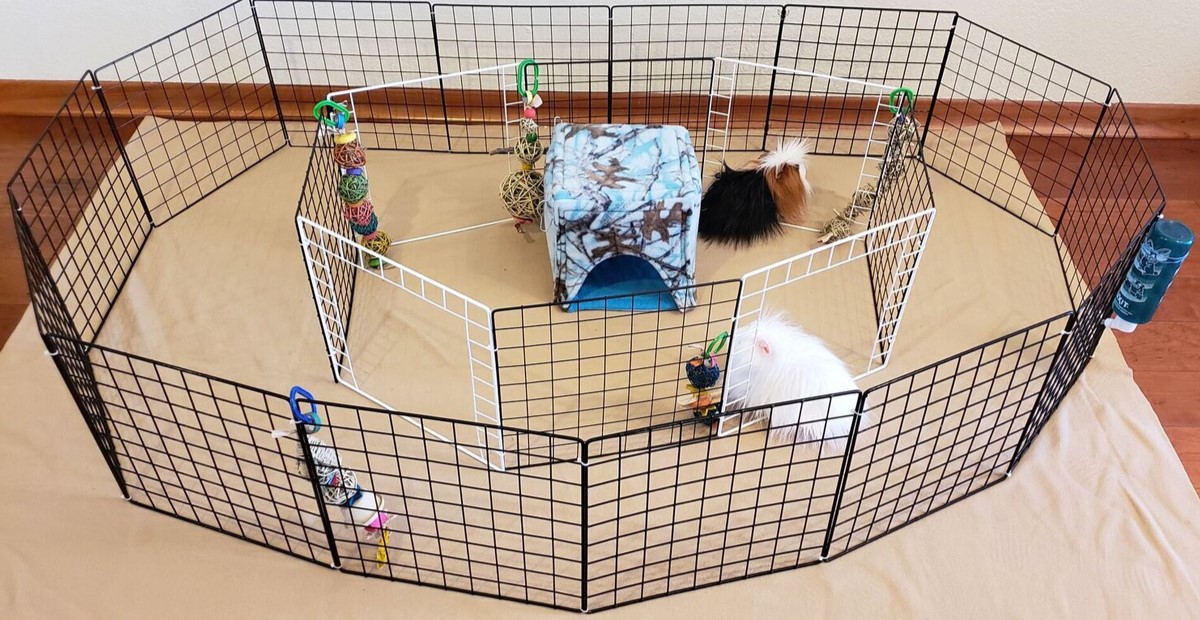
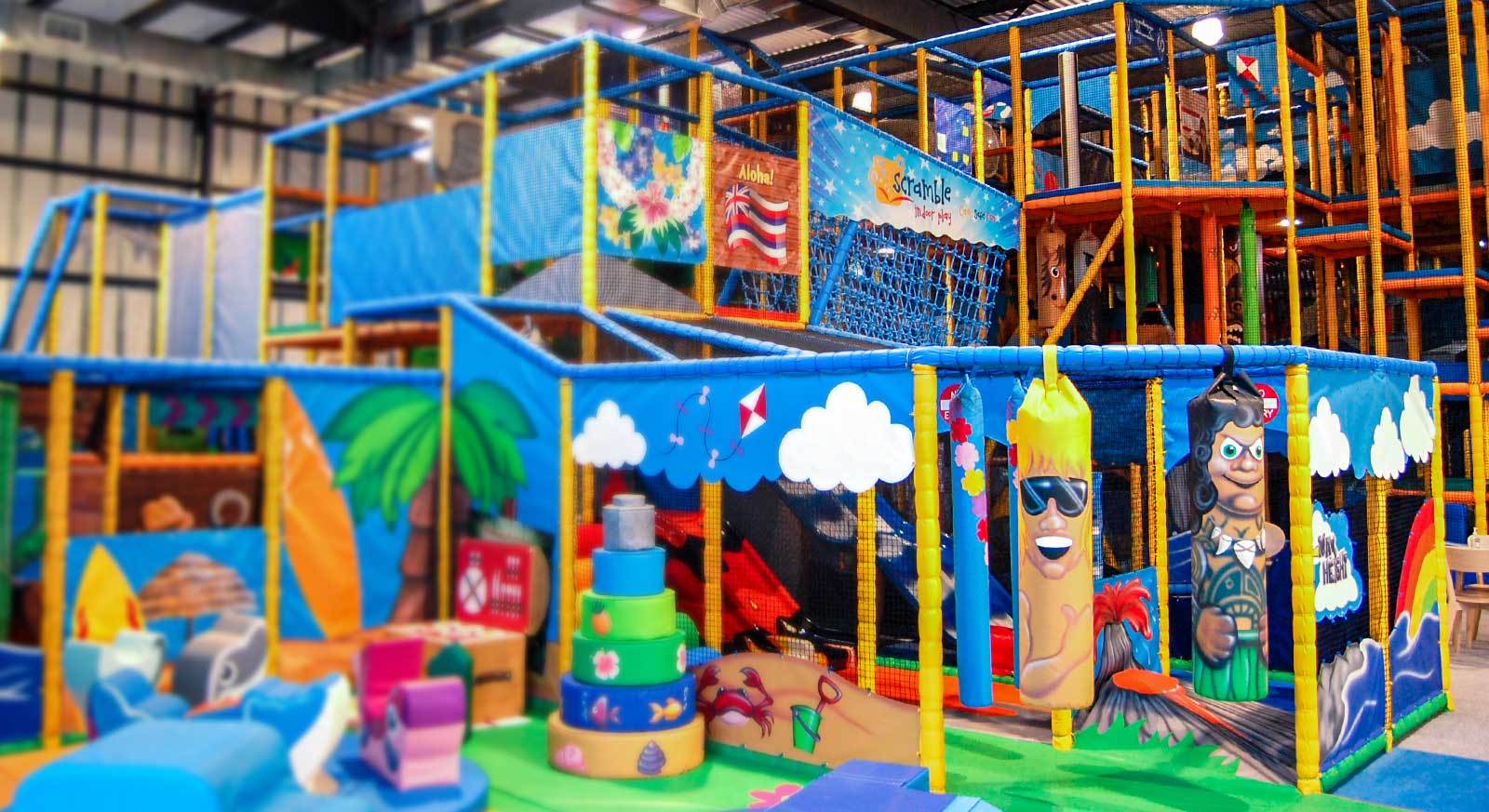
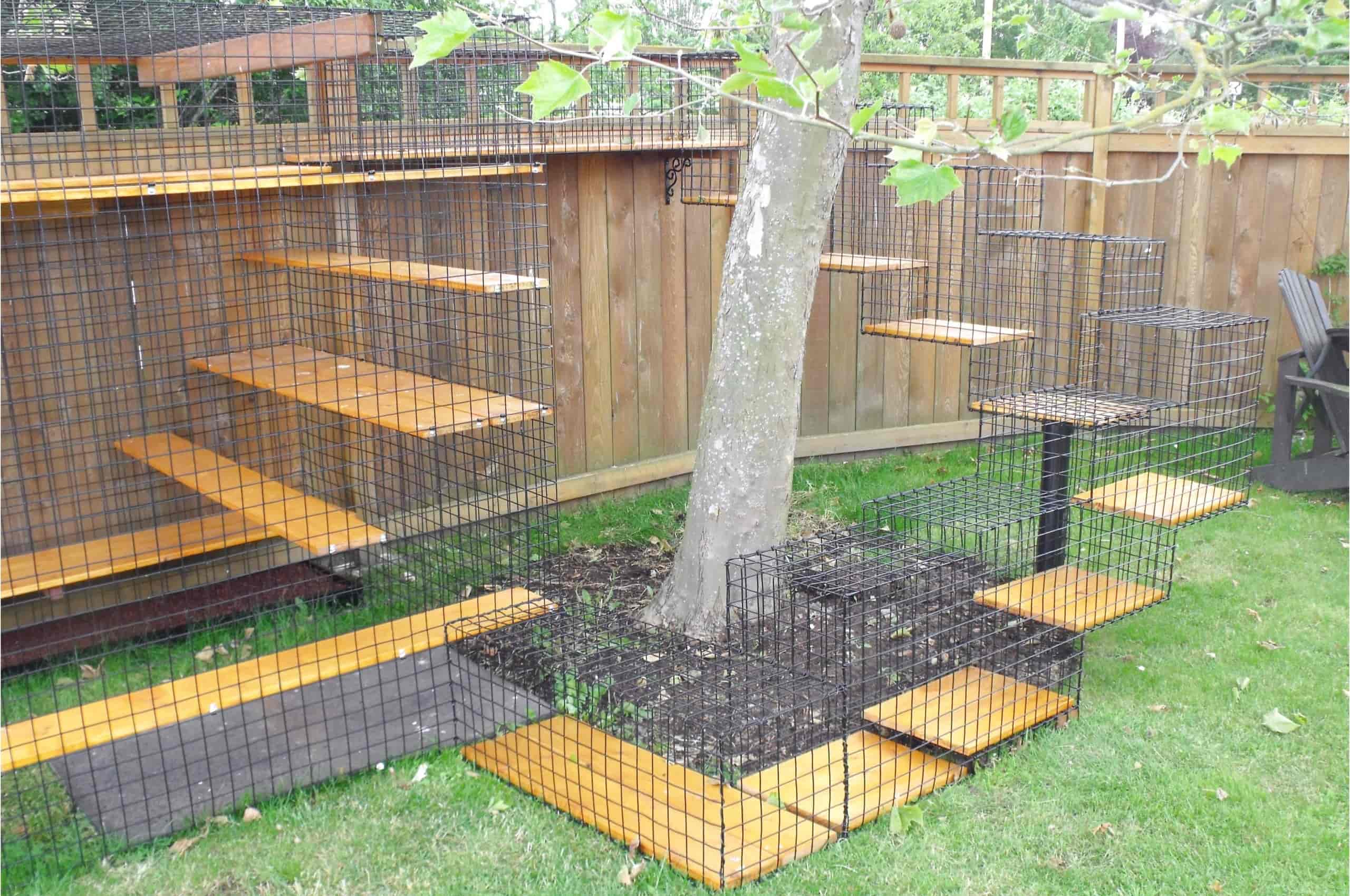
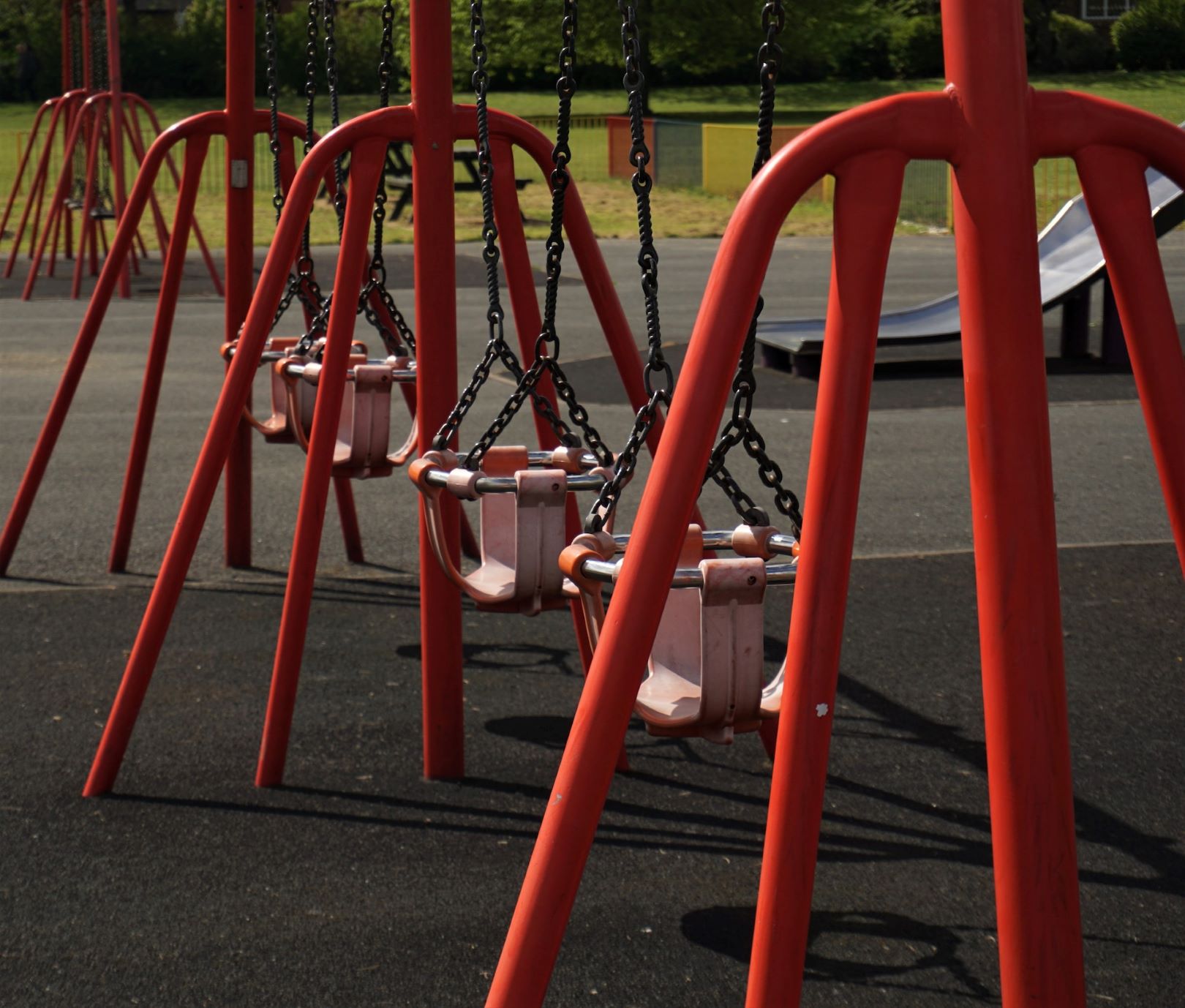
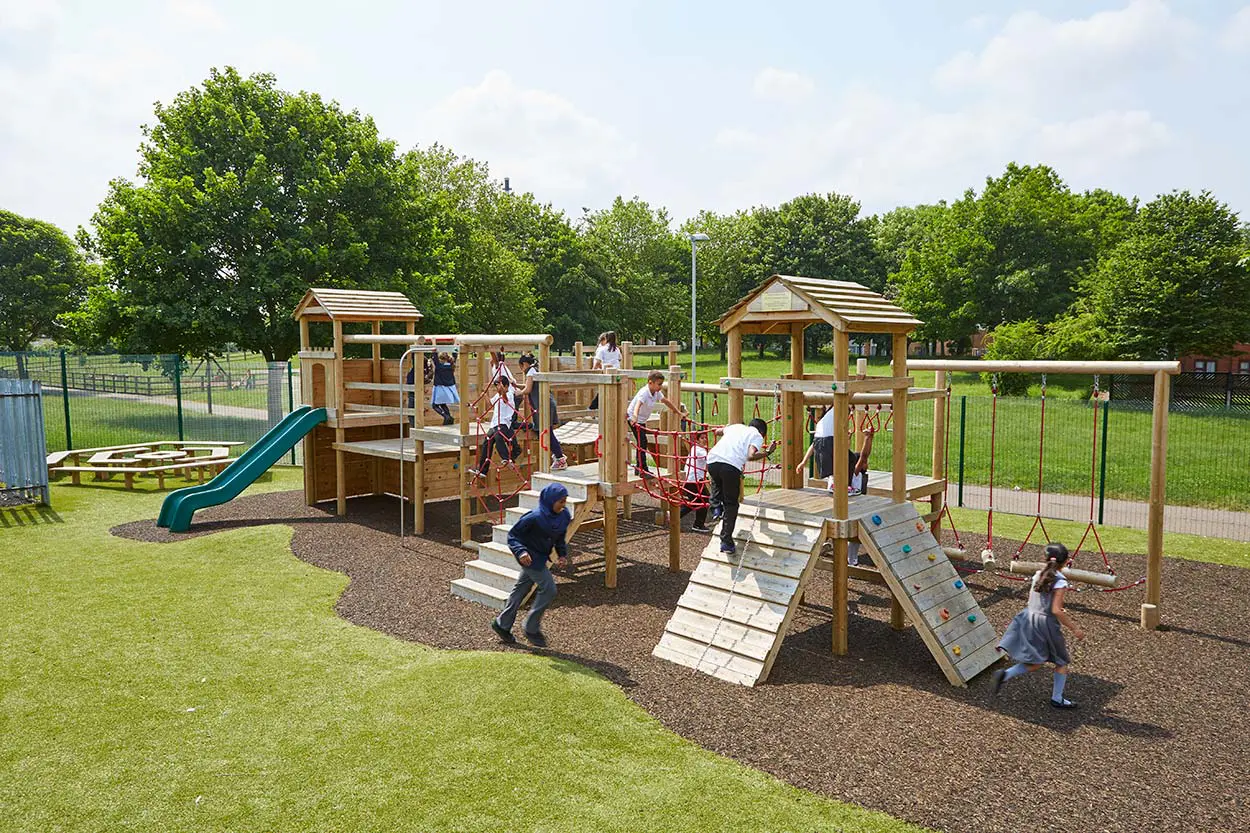
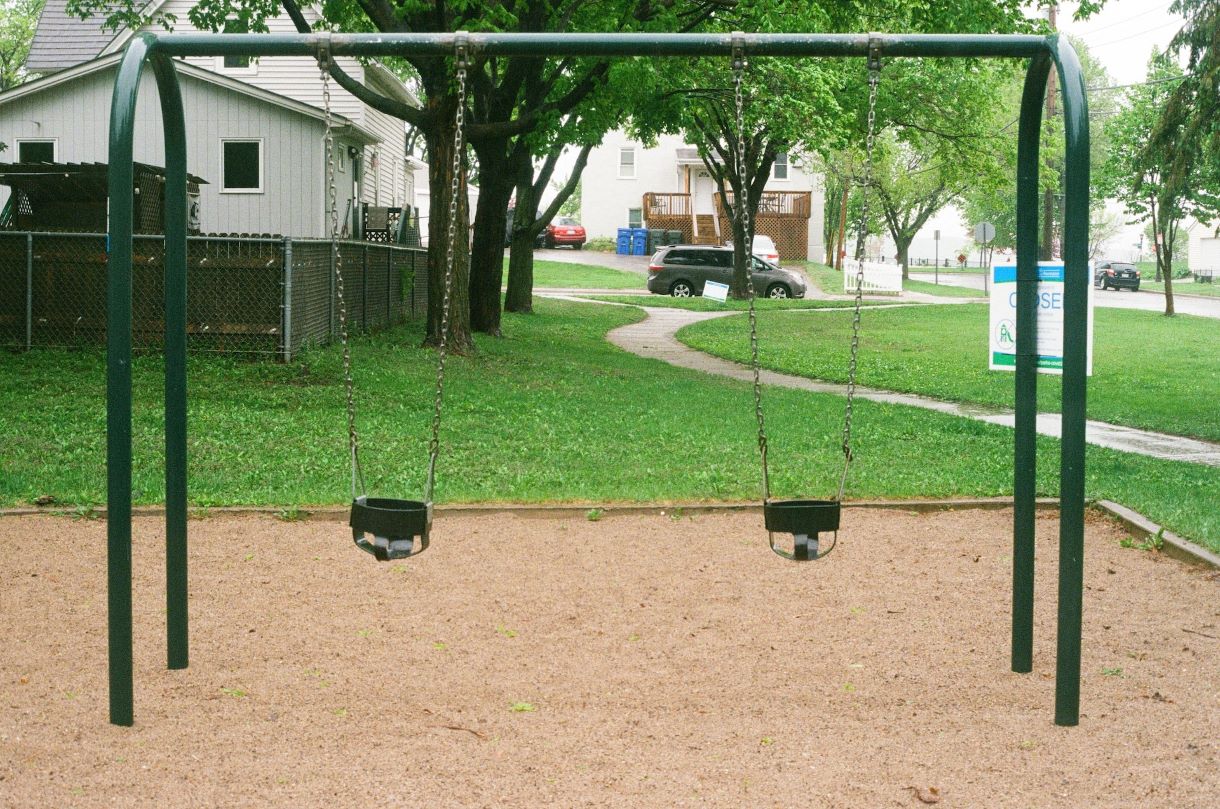
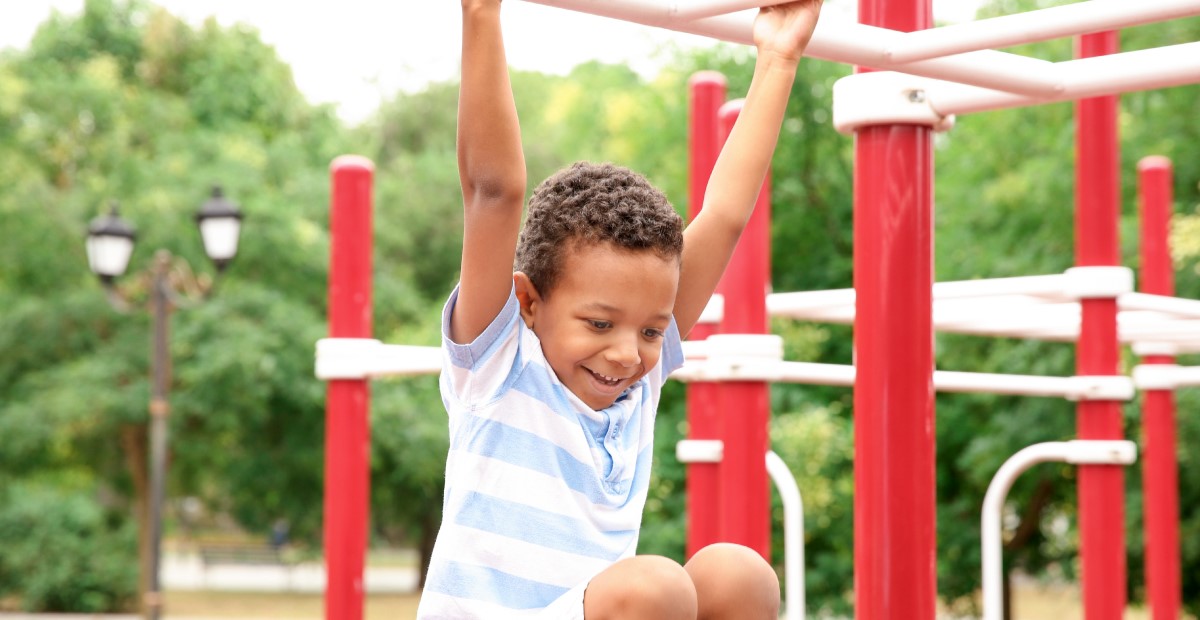
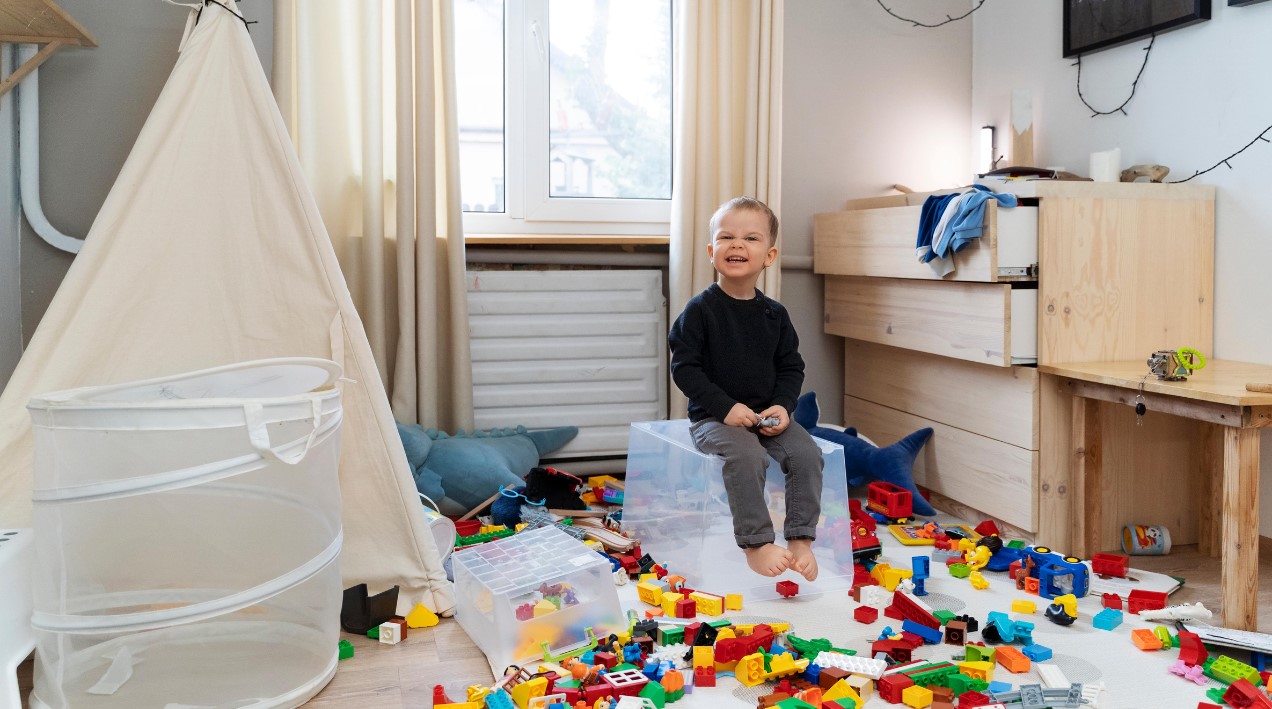

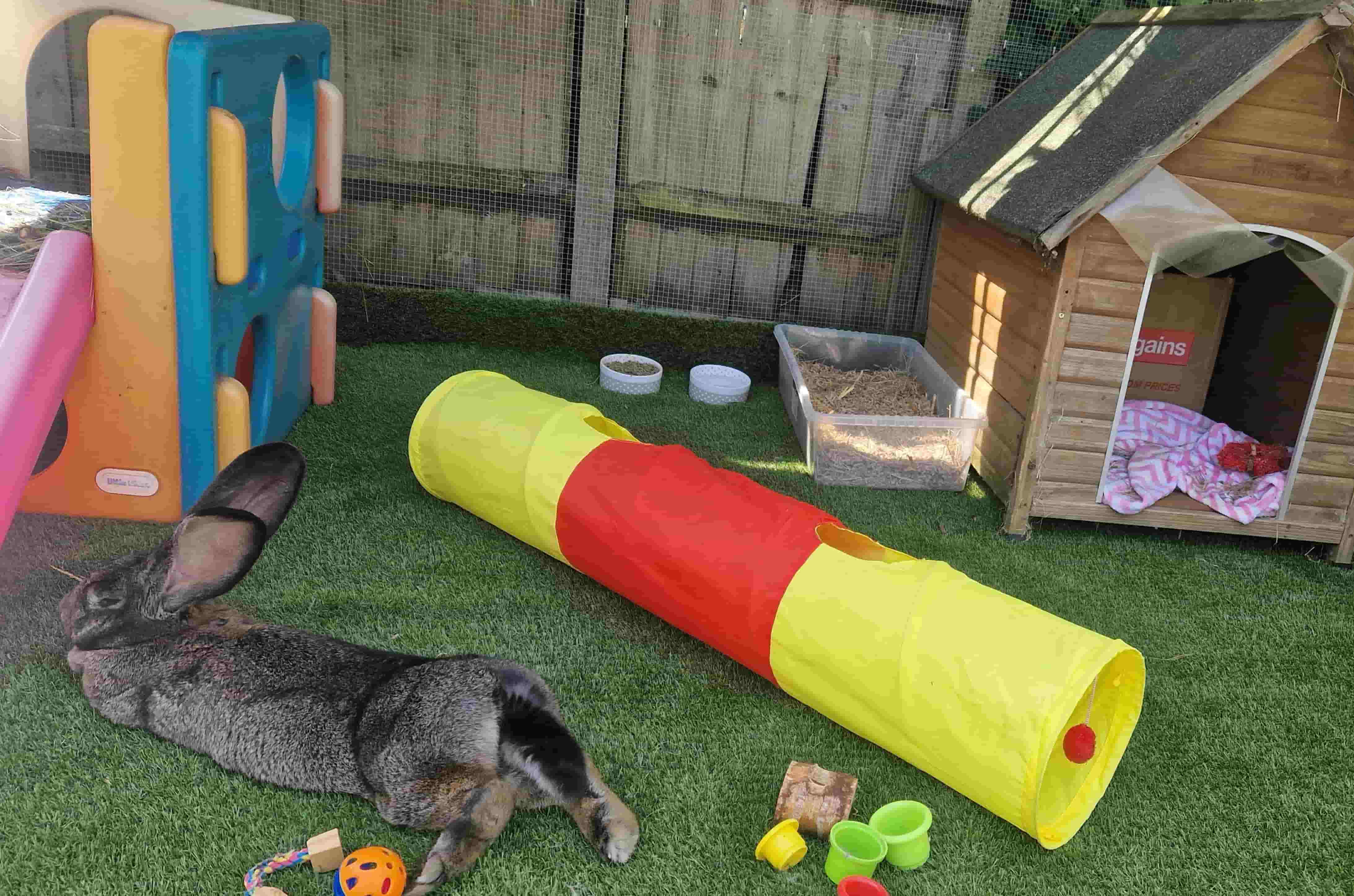
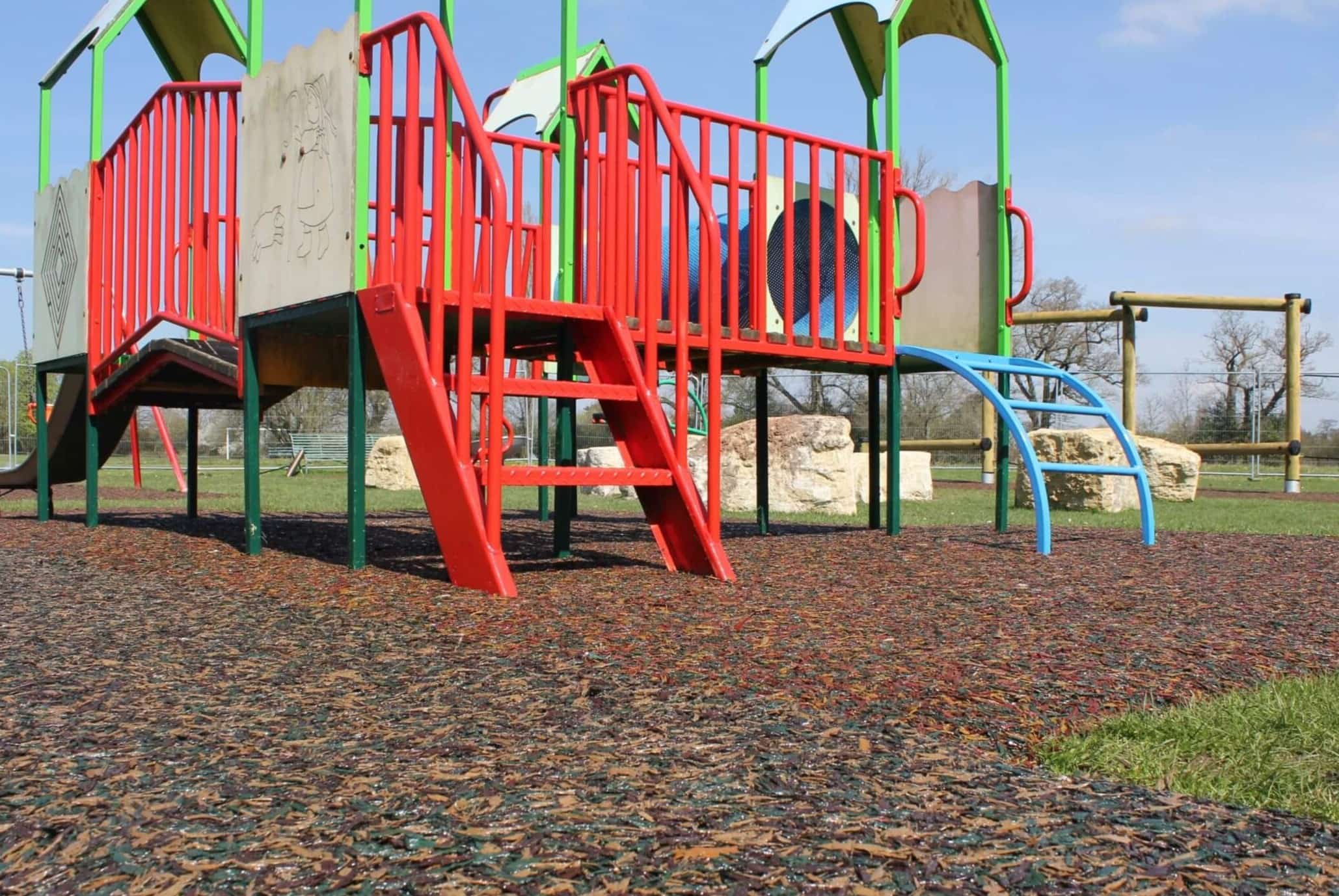
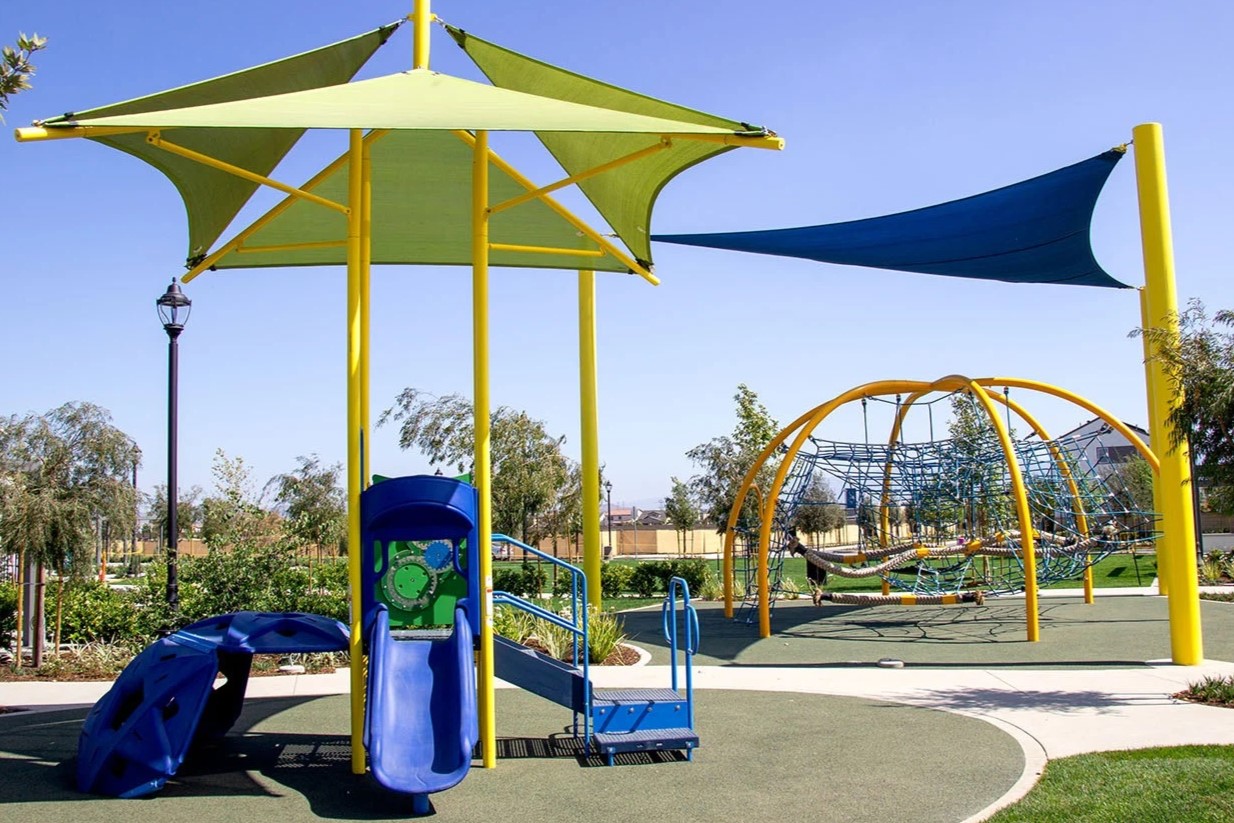
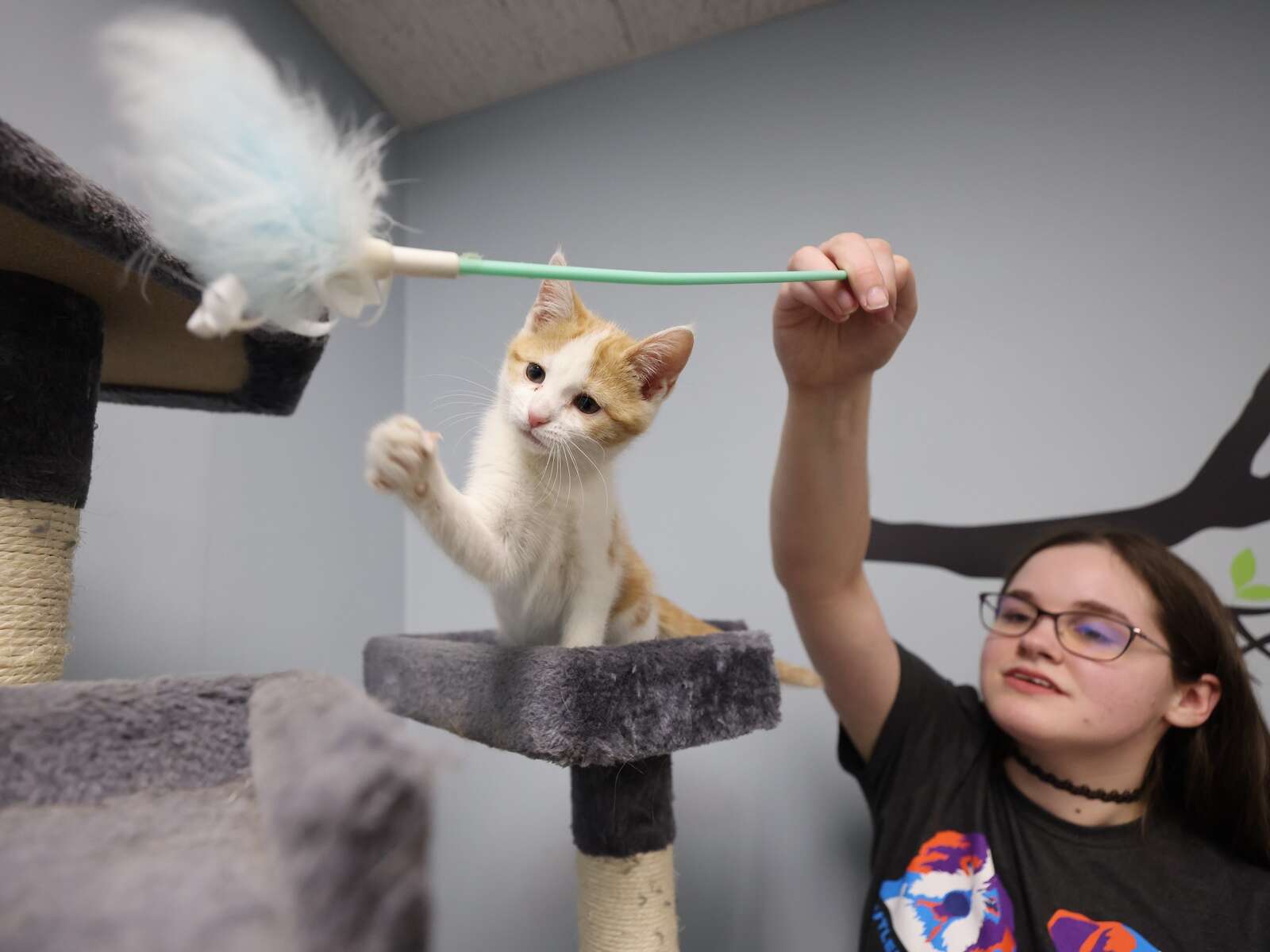

0 thoughts on “How To Build A Play Area In The Basement For Kids”